This article aims to examine the types of walnuts and how to market them. Marketing is one of the main factors and studies in this business, especially with the covid-19 pandemic.
A walnut tree is any tree of the plant genus Juglans, of the Juglandaceae family, whose seeds are known as walnuts.
The shoots contain a chambered pith, which is characteristic of the winged nuts (Pterocarya), but not of the hickory tree (Carya) of the same family.
All species are deciduous trees, 10–40 m (33–131 ft) tall, with 200–900 mm (7.9–35.4 in) pinnate leaves and 5–25 leaflets.

21 species of this genus are distributed in the northern temperate regions of the Old World, from southeastern Europe to Japan and the New World, from southeastern Canada to California, and from the south to Argentina.
Typically, cultivars of Juglans regia produce edible walnuts that are consumed worldwide. World walnut production is mainly concentrated in China.
According to custom, the walnut tree must be cut down. Dead wood is removed and new growth is encouraged.
In 2017, 3.8 million tons of walnuts (inshell) were produced worldwide, half of which was in China (table). Iran (15 percent) and the United States were two other big producers (9 percent).
While some cultivars are labeled “self-fertile,” they usually produce better with another pollinator partner. When planting nuts, care should be taken to choose species that are compatible with the purpose of pollination.
Growers can choose from a wide range of strains that have different growth, flower and leaf patterns, kernel flavor and skin thickness.
Phenology is an important feature in North America and the higher latitudes of Europe, with “late warming” particularly important to prevent spring frost damage.
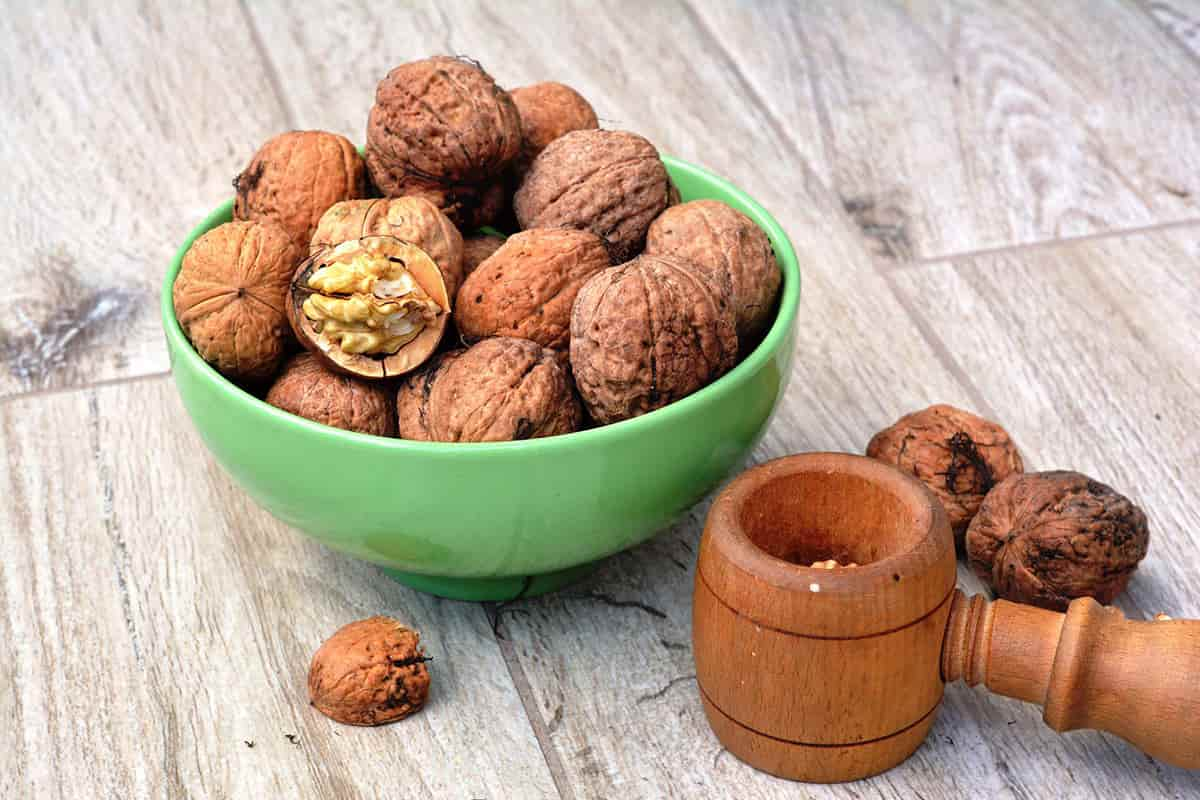
Some species were not developed for more traditional garden systems. Rather, they are created for new hedge production technologies developed in Europe.
US exports are expected to continue growing over the next five business seasons, but domestic demand will continue to struggle.
In order for the US walnut industry to continue to overcome growing competition in the overall hazelnut sector, as well as increasing competition in the international walnut market, maintaining high quality products, research, innovation and marketing is important.
The walnut tree usually has leaves and flowers in spring. Cylindrical male catkins about 10 cm long, covered with numerous tiny flowers, formed from last year’s leafless branches.
A cluster of female flowers appears on the leafy branches of the current year. The walnut fruit is a side fruit known as a pseudo-drupe, often referred to as a drupe.
The outer covering of the fruit is a shell, unlike the covering of the drupe, which consists of a carpel.
Walnut Types
There are different types of walnuts and walnut trees in the world, and in this section we are going to introduce 3 types of them.
English walnuts and black walnuts are the two main types of walnuts grown in the United States. For English walnut varieties, black walnut is usually used as the base.
Growth in English walnut acreage supports the upward trend in U.S. walnut acreage. Almost the majority of US production of almonds, pistachios and walnuts takes place in California.
Walnut consumption per person is increasing. The total amount of walnuts consumed per person in 2016 was 0.43 pounds.
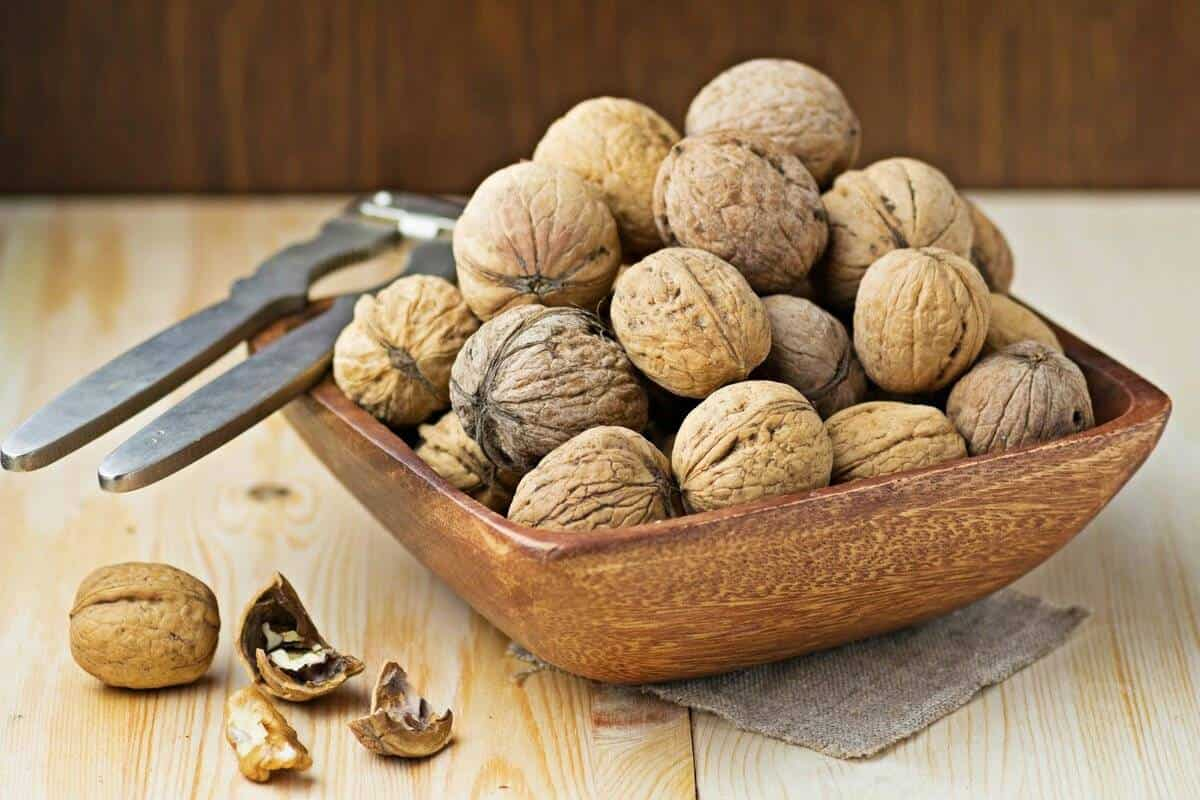
380,000 acres, 15,000 acres more than 2 in 019, were producing walnuts in the United States in 2020. Shelled English walnuts sold 189,000 tons in 2017, compared to 195 tons of shelled English walnuts.
According to the 2012 agricultural census, most of the country’s gardens are owned by families or small farms.
The botanical name of the genus of walnut trees is Juglans, which means Jupiter’s nut in English. It is a member of the Juglandaceae family, which also includes pecan and hickory.
Technically, the walnut fruit is a drupe – a drupe with a hardened shell that contains a seed, not a nut.
Walnut trees can self-pollinate because they are monoecious, meaning the same tree has male (cat) and female (female) flowers.
The best walnut yields are obtained when different varieties of walnuts are planted together, as is common in walnut orchards grown for nut production.
When choosing a walnut tree to plant in your area, carefully check the USDA hardiness zones, tree height recommendations, and sun exposure recommendations.
Arizona Black Walnut (Juglans major)
The tree has a strong trunk as long as it grows in wet conditions. In a dry environment, there are usually several thin trunks.
The pinnately compound leaves are 7 to 14 inches long (arranged in leaflets around a central stem). The tree is sometimes known as the New Mexico walnut, mountain nut, or river nut. Since this tree prefers moist soil, it seeks valleys and riverbanks in its original dry zone.
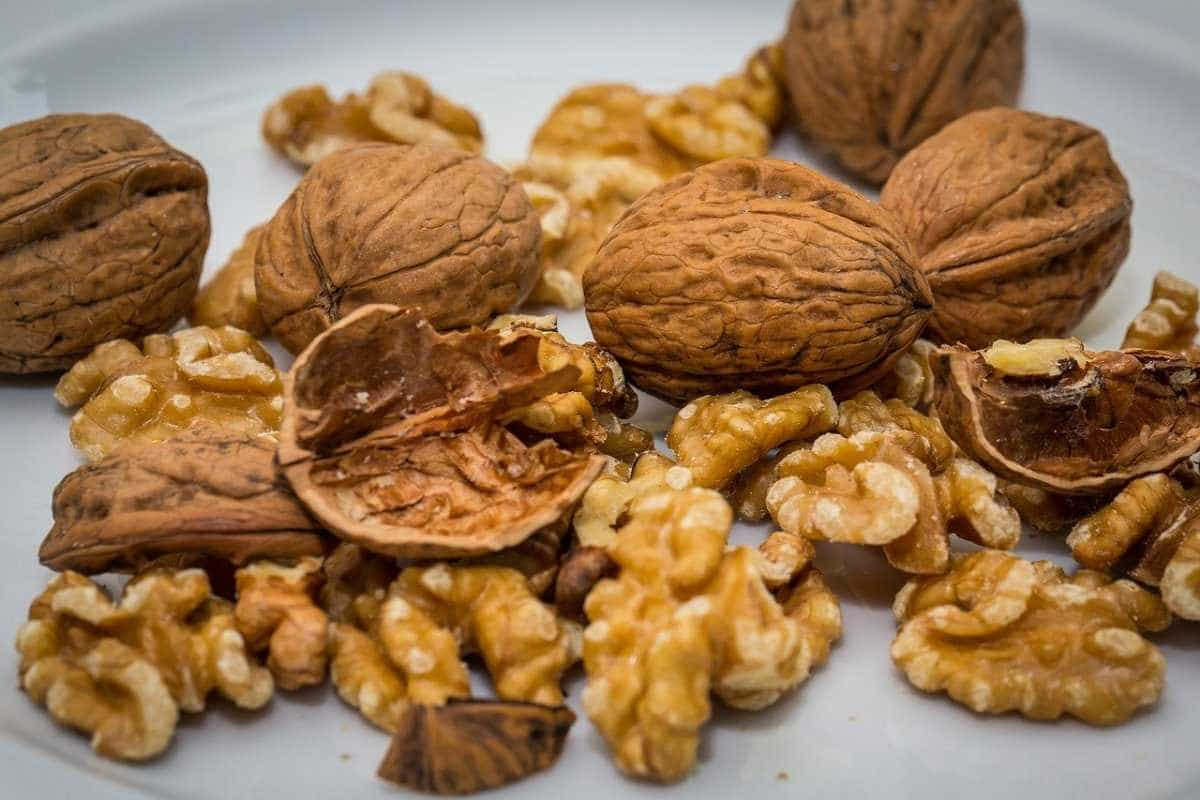
Distribution area: Southwestern United States and Mexico (Arizona, New Mexico, Oklahoma, Texas, Utah)
USDA zones 8 through 11
Height 50 feet or more
Sun exposure: partial shade and full sun
Andean nut (Juglans neotropica)
The Andean walnut tree grows slowly and is relatively tall. It has an oval crown and reddish brown skin with furrows. It has large leaves more than a foot long, consisting of paired leaflets, pointed and toothed. The regional names of this tree include Colombian walnut, Ecuadorian walnut and Peruvian walnut. It is commonly grown for its valuable wood or nuts and is an endangered species in its natural habitat. It rarely grows in the United States.
Source: Peru, Ecuador and Colombia.
USDA growing zones 10-12
Height: 50 to 65 feet, but usually 130 feet.
Sun exposure: Cannot grow in shade. Full or partial sun
To ensure that their product finds a market, it is increasingly important for US walnut marketers to develop strategic national and international partnerships with manufacturers to include more walnuts in a variety of foods and snack foods.
Consumer goods and food manufacturers can capitalize on the popularity of plant-based food by emphasizing the health benefits of walnuts and including (more) walnuts in their products.
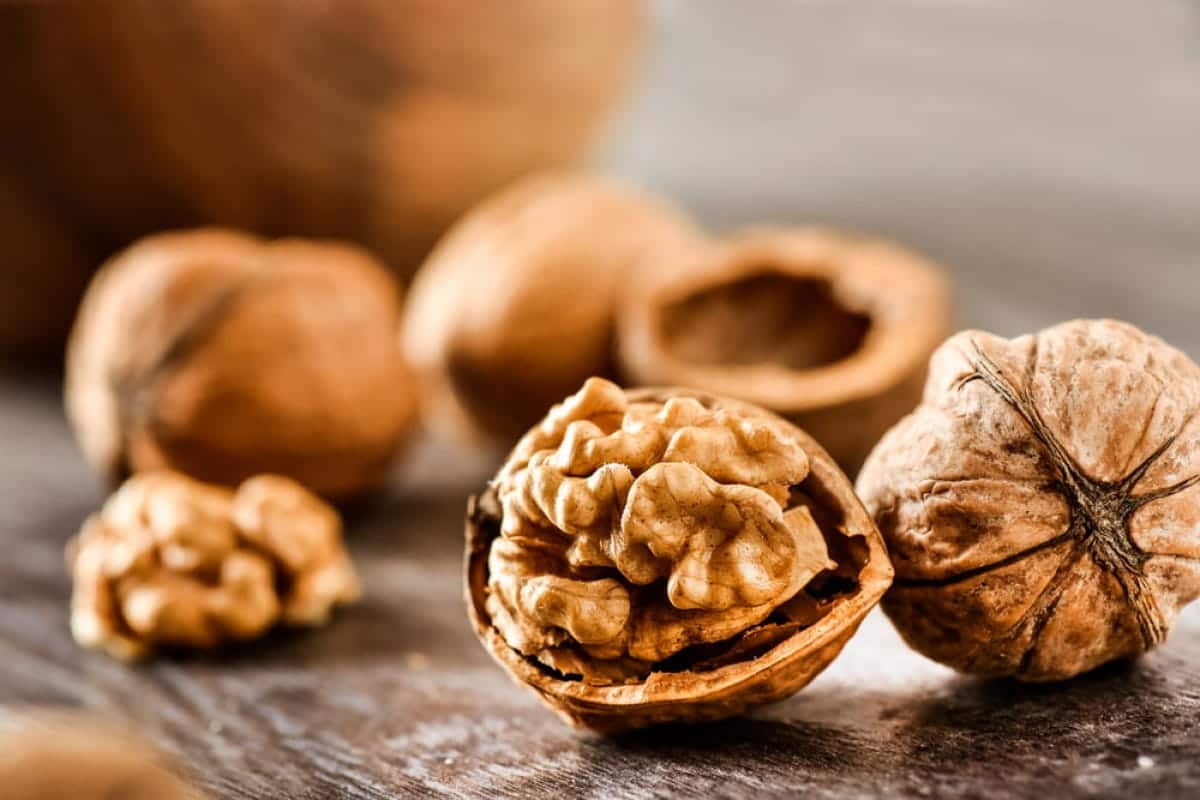
Walnut prices may remain volatile for some producers, which could encourage greater vertical integration and upstream integration in the value chain.
We in our company are happy and proud to be a part of this global business. We ship and work with all trusted companies and entrepreneurs worldwide.

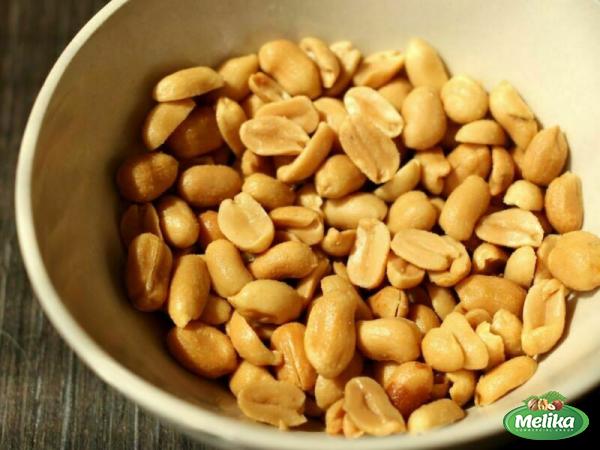

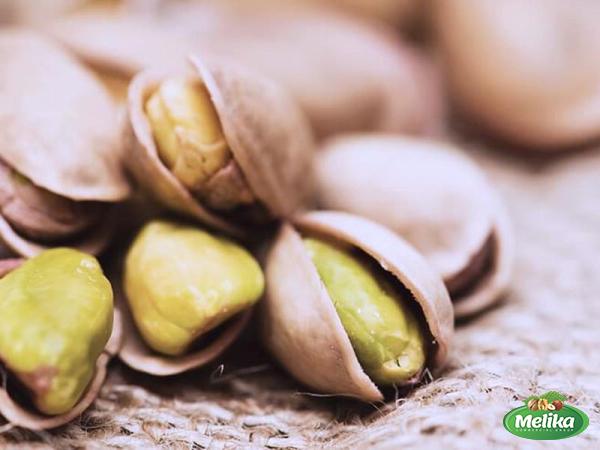
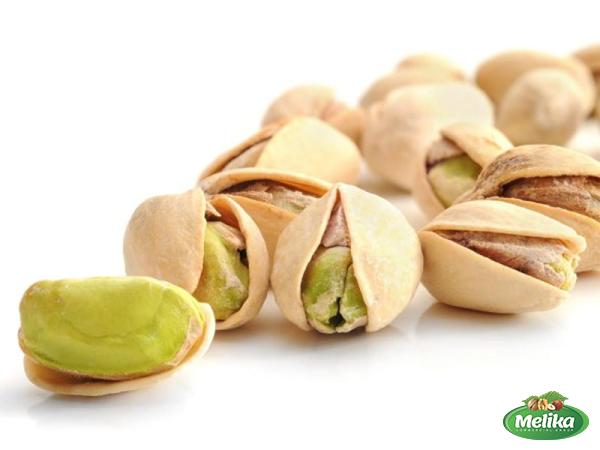
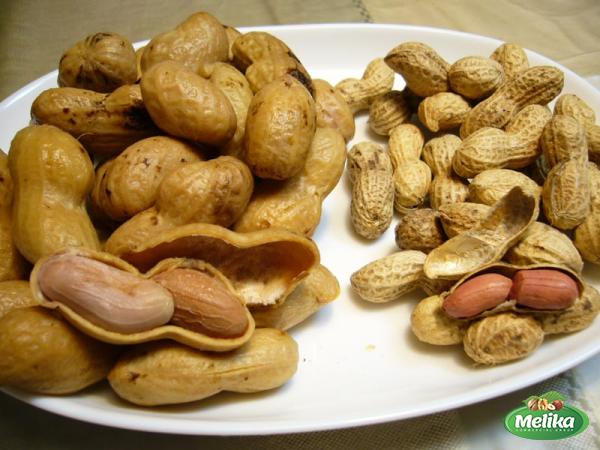
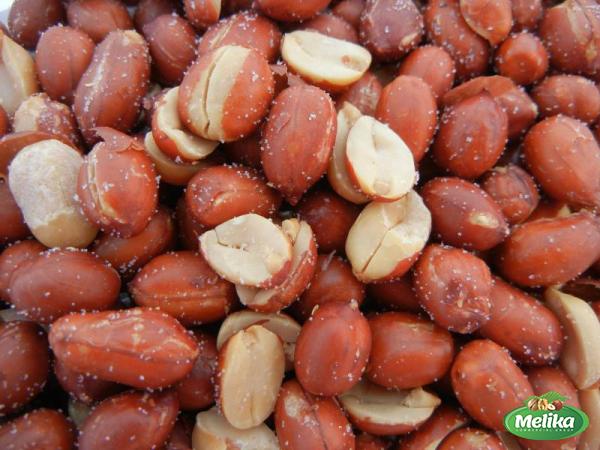
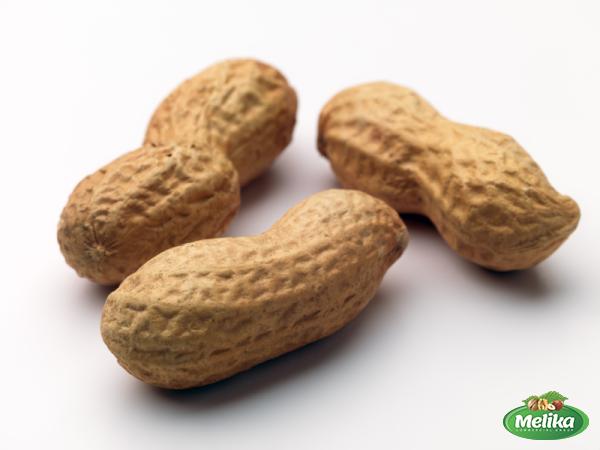
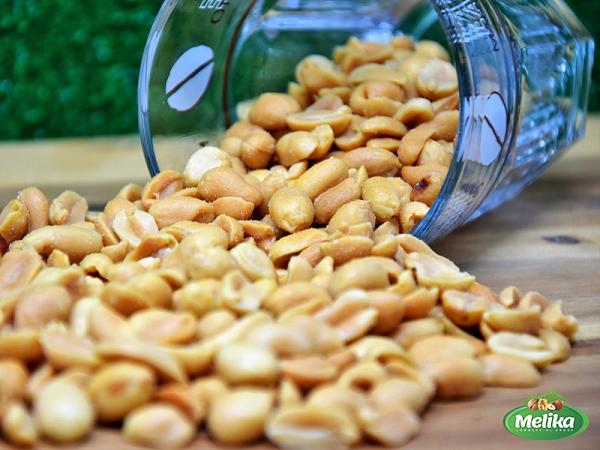
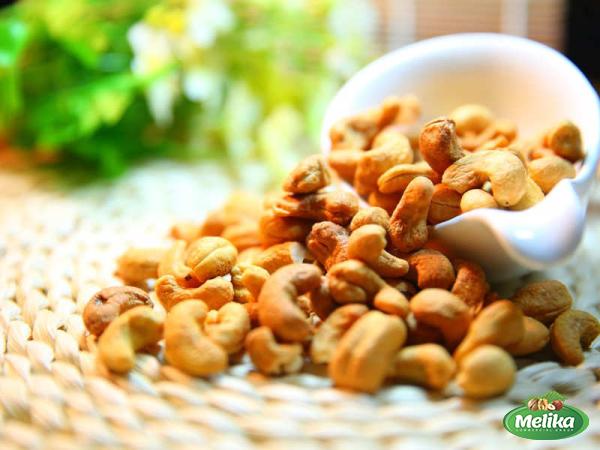
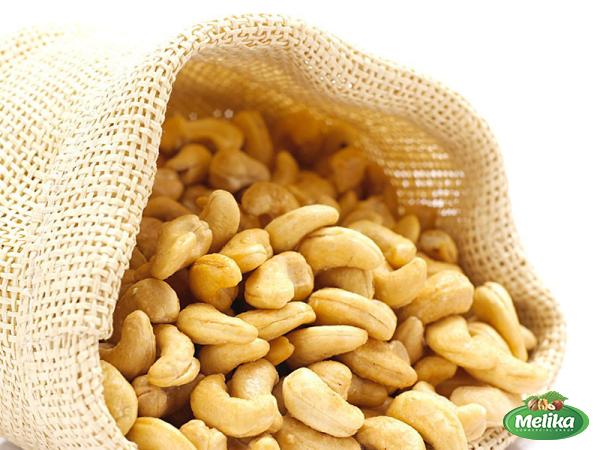
Your comment submitted.